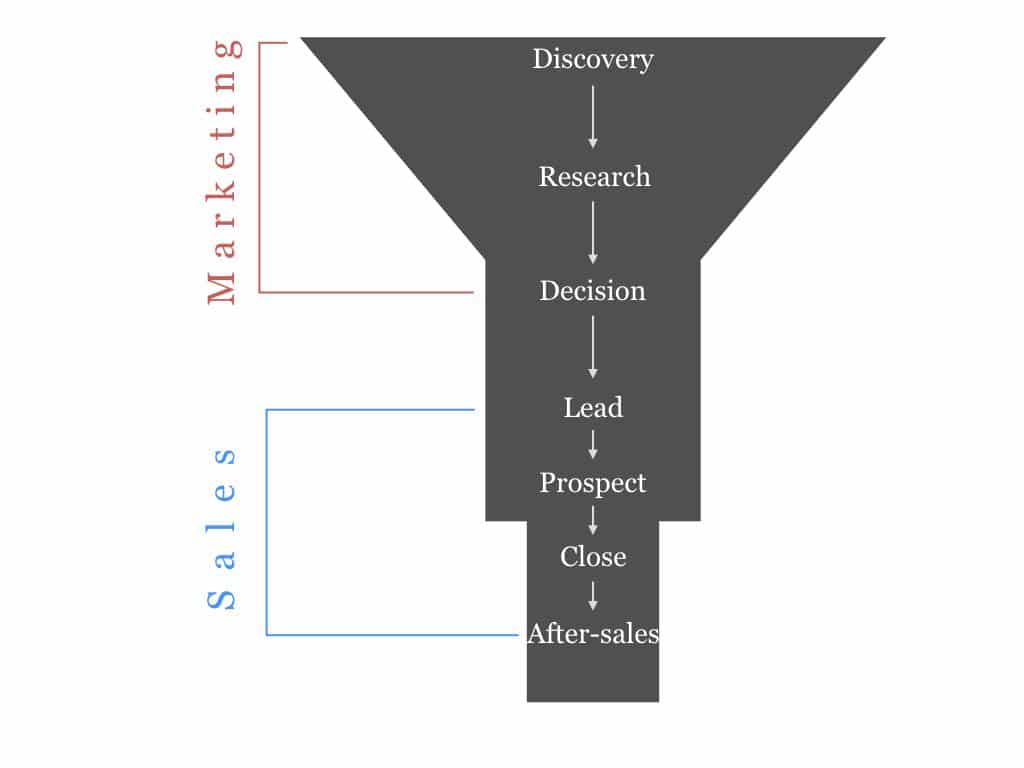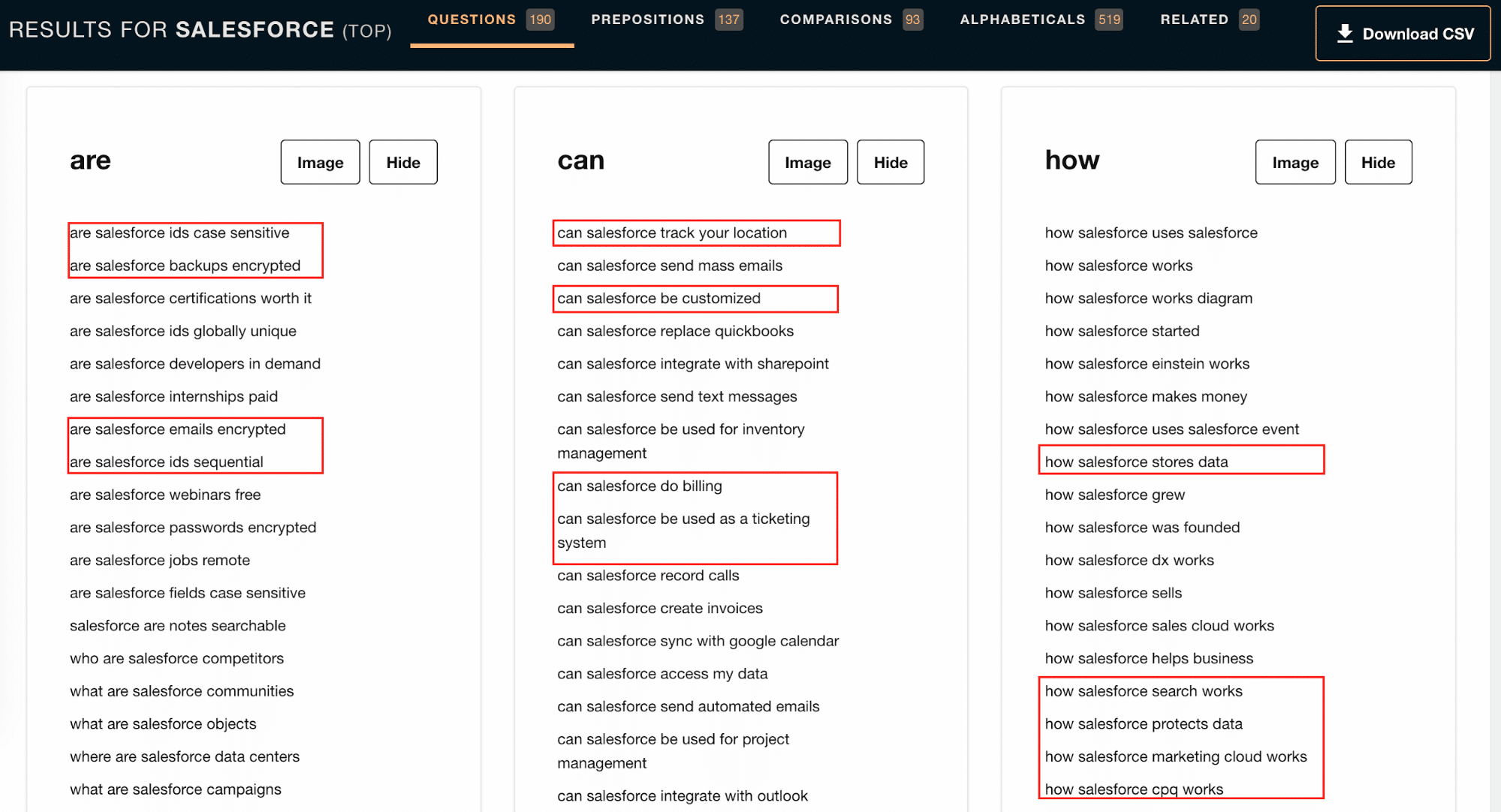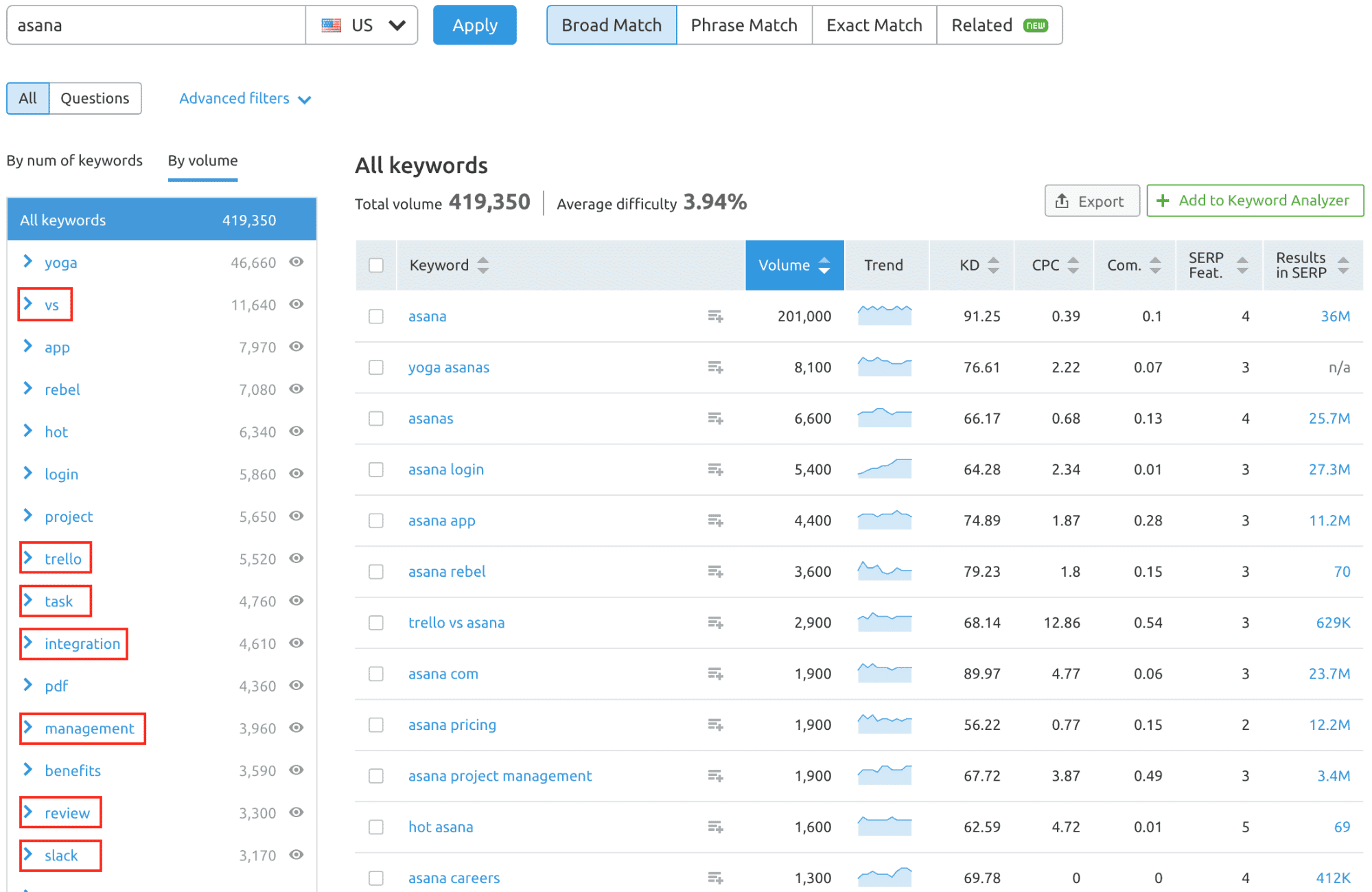
Editor’s Note: The following is a guest post. Interested in contributing content to the Drift blog? Email Gail Axelrod at gaxelrod@drift.com.
59% of customers prefer to do an extensive amount of research before talking to a salesperson when buying a software product, according to a Forrester report from 2015.
Does that mean sales is an unnecessary job?
No!
Some products have to be sold by people, mostly in enterprise businesses. But there is an opportunity to make the sales job easier, to provide crucial information beforehand and speed the process up.
That’s what SEO for Sales Enablement is about.
What is Sales Enablement?
Sales Enablement is the support of the sales process with dedicated material to shorten the time from lead to close. It’s a term that can cover more than that, depending on which definition you read, but in essence it’s a more focused coordination between sales and marketing.
Effective Sales Enablement is customer-centric. It’s driven by what customers need and who they are. That’s why market research, user-feedback and sales funnel analysis is so crucial. It provides a deep understanding of the customer.
Connecting SEO with Sales Enablement
Nowadays, when we want answers to questions, we don’t go to the library. We go to Google. The search engine has advanced so much that we can literally ask it questions, whether typed or spoken.

Google has evolved tremendously in its understanding of language. In 2018, but in fact since 2016, we’ve seen a series of NLU (Natural Language Understanding) algorithm updates that led to Google’s improved understanding of the relationship between words and therefore searches and content.
Taking this thought a step further, a better understanding of content equals higher potential for targeted content. Questions can be addressed with specific answers, which opens the door for targeted content.
The idea of SEO and Sales Enablement is to rank sales material in organic search to anticipate and answer questions before they arise. And it goes even further than that: (keyword) research for SEO can drive the creation of new sales material.
The goal is to create dedicated content for each step of the buyer journey, even beyond the point at which a visitor becomes a lead or buys a product. In the best case you serve as much information that helps the sales process through organic search as possible.
Sales Enablement as a bridge between sales and marketing funnels
To understand how SEO can support Sales Enablement, we need to take a step back and look at the marketing funnel. We have a top, middle, and bottom with fewer users the further we go down the funnel.
- Discovery (TOFU): user/organization realizes that there’s an uncovered need
- Research (MOFU): user/organization starts a process to find a solution and finds several options
- Decision (BOFU): user/organization made a decision and reaches out to the seller
Once a user has converted to a lead, sales takes over. The sales funnel consists of four steps with the first three in order of how close a lead is to close.
- MQL: Sales receives a lead from Marketing
- Prospect: Sales guides the lead to the right offer
- Close: The lead signs the offer and becomes a customer
- After-sales: After some time, the customer might have the need to extend the contract and buy additional functionality

These two funnels only exist in isolation on paper. The better marketing and sales are connected, the more qualified are the leads. If sales material is easy to find, it can contribute to people deciding to reach out to the company with many of their questions are already answered. Leads take shorter time to close when they’re well-informed.
The facilitator to information is SEO because that’s how people find answers to their questions. It’s often considered a top-of-the-funnel channel but that’s a fallacy. SEO can cover the entire funnel and aid the sales process even beyond that.
Step by step process for an SEO sales enablement strategy
In a nutshell, the SEO for Sales Enablement process starts with research and ends with the creation of dedicated content.
Here’s the step by step process:
- Define your customer profile
- Analyze your sales documentation
- Keyword/topic research
- Optimize existing content
- Create dedicated content
First, you need to understand who you want in your sales funnel to target them with marketing. What it often comes down to is market segmentation and user personas. Thus, you need to do the hard work and define your optimal customer profile.
Factors that help you shape a profile are:
- Size of a company
- Average MRR (Monthly Recurring Revenue)
- Industry
- Needs
- Etc.
Especially “needs” are important to nail because they have to be addressed with content later on in the process.
When profiling your target customer, use real names of companies or people. The association helps to be “authentic” in targeting and material creation.
Second, you need to scan your sales documents (brochures, presentations, case-studies, etc.), collect the inventory, and scope out what can be used for organic search. The inventory serves as a starting point for a gap analysis that helps you identify what material is missing and has to be created in step 4.
The material will be public, of course, and cannot contain sensitive information. Especially for case-studies, you need to make sure the partner company is okay with the information being public.
When analyzing your sales material, make sure to look for gaps in the buyer’s journey. We covered the marketing and sales funnel earlier and the buyer’s journey are all the steps a user takes from start to end of the funnels.
Look for sales material that’s interesting for each step in the marketing funnel, for example introductory documents, such as presentations, that address top of the funnel topics and keywords like “what is x”? Case studies or whitepapers are often better suited for middle-of-the-funnel content, etc. If you don’t have sales material for a step in the marketing funnel, take a note for step 5.
Third, conduct keyword research. Sure, you should have already done that at this point but even if you have, ensure you cover questions that occur during the sales process.
Such questions could be:
- How do I do “x” with the product?
- Can the product do “y”?
- Does the product integrate with “z”?
- How do I add users to the product?
The goal is to answer all these questions with content that ranks in organic search.
Keyword research can also help you to find customer problems. In a way, it helps you find gaps in material that you weren’t aware of.
A smart way to start is by using a tool like SEMrush, AHREFs, or AnswerThePublic to find all related keywords and questions about features of your product. Just type in the brand name and look for the questions that come up.

(answerthepublic.com, a free keyword research tool)
I used Salesforce in this example and found gems like “are salesforce emails encrypted”, “how salesforce stores data”, or “how salesforce search works”. These are questions people type into search engines and they’re probably a bit further down the funnel and therefore more likely to convert. They might have even purchased Salesforce already, thus it’s important to address them in the sales process and with dedicated content.
Fourth, optimize existing content for search engines. Salespeople often create content for leads and prospects to answer recurring questions. However, the content isn’t always uploaded, and the format is not always search engine friendly.
Common Sales Enablement material includes:
- Case studies
- Best practices
- Manuals, Tutorials, How-to’s
- Demos/walk-throughs
- Support/Help
Common formats are:
- Whitepapers
- Webinar
- Video
- Blog article
- Landing page
A couple of tips to make these formats search engine friendly:
- Don’t just upload PDFs but convert them to articles
- Provide video transcriptions for webinars and tutorial videos
- Write how-to’s and tutorials in plain HTML
- Use gifs to visualize work flows and step-by-step processes
- Cluster questions into topics, such as “legal questions” or “product features”
Fifth, create content to fill sales material gaps. Part of an SEO strategy should be to create content for each problem a user faces and how the seller’s product can address that. Not all sales material will address every pain point. So, you have to create some new content with SEO in the back of your head.
When doing so, keep a couple of optimization tips in mind:
- Add the keyword/query to the meta-title, headings, URL, image alt-tags, and internal links
- Make content as easy to consume as possible by using navigations, jump marks or anchor links, and lots of images and gifs
- Know and cover sub-keywords or sub-topics of the main keyword in the content
- Reference other articles to provide end-to-end guidance

(Find important sub-topics with SEMrush’s Keyword Magic Tool)
Not all content needs to be written. Videos, interactive tutorials, and audio content can be viable as well. You should experiment with different formats and measure the effect on engagement and user behavior.
SEO and lead-signaling
A company should be able to understand what material is most often consumed before users engage with your team to understand and optimize what steps are taken. It’s important because then you can anticipate the size of your lead pipeline and optimize your site for an optimal buyer journey.
One example comes to mind from my time at Atlassian. After conducting research for our Jira buyer journey, we realized that users watch tutorial videos before they sign-up. It helped them to get a feeling for what the software looks like and how hard it is to use.
Such insights cannot only improve your conversion rate from organic traffic because you know what people are looking for and can link to from your product landing page. They also help salespeople understand what leads are looking for. If Atlassian had salespeople we could have informed them about the most watched tutorials a user watched before engaging with the sales team or signing up for a trial. The more information salespeople have about their leads, more quotas they can hit.
To conduct such an analysis, you need solid attribution models that help you understand returning customers and their actions.
Measuring SEO for Sales Enablement
Sales enablement is a system, not a tactic. SEO helps to improve that system. But in order to improve a system, you need to find hard numbers to measure.
SEO for Sales Enablement seeks to shorten sales cycles, help salespeople hit their quota, and, in the best case, increase deal size.
Thus, the four metrics should be
- Sales cycle time
- Percentage of salespeople hitting quota
- Average deal size
- Qualified leads from organic traffic
Since SEO and Sales Enablement are between Sales and Marketing, these are joint-metrics, meaning both departments should be held accountable for them. They are not always perfectly attributable but when you map out trends and improvements you made, you will often find correlations between the two.
SEO helps to structure Sales Enablement
Combining SEO and Sales Enablement is a connection between Marketing and Sales, which is how modern companies should approach it. Customers feel the difference when the two are completely separated. At the same time, you want to make the most out of leads, so why not pre-qualify them through SEO?
While there’s certainly more to say about SEO and Sales Enablement, this article should provide a great jumping off point. If you want to get more advanced, look to email and social media next.





